Why Professional Athletes Representing Australia Should Receive Government Allowance To Become Full Time Ambassadors
Full Time Sport Country Ambassadors – Elevating National Representation Through Sport
Australia’s sporting identity is deeply woven into its cultural fabric. From cricket pitches to Paralympic podiums, athletes representing the nation carry more than just personal ambition—they embody national pride, unity, and global visibility. Yet many of these athletes, especially those outside marquee sports, struggle to sustain full-time careers due to financial constraints. This proposal advocates for a government-backed allowance at the base full-time wage for athletes who represent Australia in any sport, including parasports. In exchange, these athletes would serve as internal and external ambassadors, promoting sport, national values, and community engagement. The goal is to create a sustainable, inclusive framework that supports elite performance while enriching Australia’s social and cultural landscape.
Government Support For National Athletes – A Strategic Investment In Identity
Australia’s current funding model for elite athletes is fragmented, often relying on private sponsorships, grants, or inconsistent prize money. This leaves many national representatives juggling part-time jobs or facing financial insecurity. A government allowance at the lowest full-time wage would provide stability, allowing athletes to focus on training, competition, and ambassadorial duties. This investment is not charity—it’s a strategic move to strengthen Australia’s global sporting reputation and internal cohesion. Athletes would be required to engage in community outreach, school visits, and promotional campaigns, ensuring the public sees tangible returns on this support.
Defining Eligibility – Who Qualifies For The Allowance
To ensure fairness and focus, the allowance would be limited to athletes who are officially selected to represent Australia in international competitions. This includes Olympic, Paralympic, Commonwealth, and other sanctioned events across all sports. The athlete must commit to full-time training and ambassadorial responsibilities. They must also maintain performance benchmarks and participate in a minimum number of community engagements annually. This structure ensures that the allowance supports genuine national representatives while encouraging accountability and public engagement.
Ambassadorial Responsibilities – Internal And External Impact
Athletes receiving the allowance would be required to serve as ambassadors in two key domains. Internally, they would promote sport participation, healthy lifestyles, and national unity through school programs, regional visits, and media appearances. Externally, they would represent Australia’s values—fairness, resilience, inclusivity—on the global stage. This dual role transforms athletes from competitors into cultural diplomats, strengthening Australia’s image and influence worldwide. The ambassadorial framework would be tailored to each sport and athlete, ensuring relevance and impact.
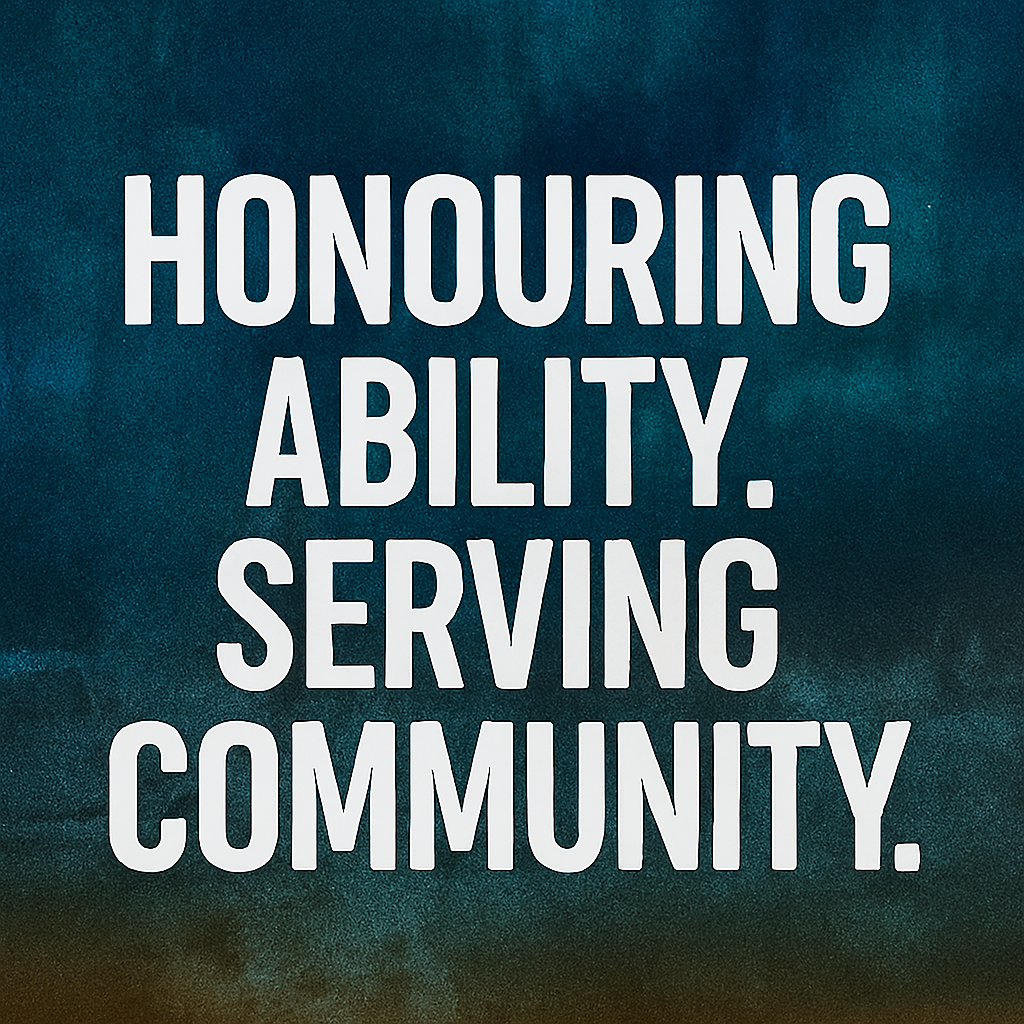
Integrating Parasports – Equal Recognition And Support
Parasport athletes face unique challenges, including higher training costs and limited sponsorship opportunities. This allowance would apply equally to parasport representatives, ensuring they receive the same financial and ambassadorial support. Parasport ambassadors would play a critical role in promoting disability inclusion, accessibility, and adaptive sport programs across Australia. Their visibility would challenge stereotypes and inspire broader participation, making Australia a global leader in inclusive sport development.
Athletes As Advocates For Sport-Linked Entrepreneurship – Empowering Local Economies Through Athlete-Led Ventures
Australia’s athletes often possess entrepreneurial instincts—launching fitness brands, wellness products, training platforms, and community initiatives. With structured support through the ambassadorial allowance, these ventures could be aligned with national goals: health promotion, community engagement, and economic inclusion. Athletes would receive training in business development, ethical branding, and social enterprise strategy. Their ventures would be encouraged to hire locally, reinvest in sport infrastructure, and amplify national values. The allowance ensures athletes can pursue these projects without compromising their competitive careers. Sport becomes a launchpad for purpose-driven entrepreneurship, enriching Australia’s economic and cultural landscape.
| Entrepreneurial Focus | Athlete-Led Venture Type | Community Benefit | National Symbolism |
|---|---|---|---|
| Health And Wellness | Nutrition products, fitness apps | Improved public health | Australia as a wellness leader |
| Education And Mentorship | Online coaching, youth academies | Skill development and access | Sport as a learning platform |
| Cultural Storytelling | Apparel, media, books | Identity and pride | Athletes as cultural architects |
| Inclusive Design | Adaptive gear, accessible tech | Disability inclusion | Innovation through empathy |
Economic Justification – Cost Versus National Benefit
Critics may question the cost of such a program, but the economic return is substantial. Athletes drive tourism, merchandise sales, and international media attention. Their ambassadorial work boosts public health, reduces youth disengagement, and fosters community resilience. Tables below illustrate the comparative costs and benefits of athlete investment versus other public campaigns.
| Investment Area | Estimated Annual Cost | Projected National Benefit |
|---|---|---|
| Athlete Allowance Program | $25 million | $120 million in indirect returns |
| Health Campaigns | $40 million | $80 million in reduced health costs |
| Youth Engagement Grants | $30 million | $90 million in education retention |
Sources: Economic modeling based on sports tourism, public health data, and youth engagement studies.
Cultural Impact – Strengthening National Identity
Sport is one of Australia’s most powerful cultural exports. Athletes like Cathy Freeman, Dylan Alcott, and Sam Kerr have shaped national narratives and global perceptions. By supporting a wider range of athletes, including those in niche and emerging sports, Australia can diversify its cultural portfolio. Ambassadorial athletes would engage with multicultural communities, Indigenous groups, and regional populations, reinforcing a shared identity rooted in excellence, inclusion, and pride.
Operational Framework – How The Program Would Work
The allowance would be administered by a national body such as Sport Australia, with oversight from the Australian Sports Commission. Athletes would apply annually, submitting performance records, ambassadorial plans, and community engagement proposals. Payments would be monthly, tied to compliance with training and outreach requirements. A digital platform would track engagements, feedback, and impact metrics. This ensures transparency, accountability, and continuous improvement.
Training And Development – Beyond Competition
The allowance would also fund professional development, including media training, public speaking, and cultural education. Athletes would be equipped to handle ambassadorial duties with confidence and sensitivity. This investment enhances their post-sport career prospects and deepens their impact. Tables below outline the proposed training modules and their outcomes.
| Training Module | Description | Outcome |
|---|---|---|
| Media Communication | Interviews, social media, press | Confident public engagement |
| Cultural Literacy | Indigenous, multicultural awareness | Inclusive representation |
| Leadership Development | Mentorship, team building | Strong community leadership |
Community Engagement – Building Grassroots Connections
Athletes would be required to engage with local communities through clinics, talks, and mentorship programs. This bridges the gap between elite sport and everyday Australians. It also fosters talent identification, especially in remote and underserved areas. Ambassadorial athletes become role models, inspiring the next generation and reinforcing the value of sport as a unifying force.
Global Representation – Enhancing Australia’s Soft Power
On the international stage, athletes serve as informal diplomats. Their conduct, visibility, and narratives shape perceptions of Australia. By formalizing this role through the allowance program, Australia can strategically enhance its soft power. Athletes would be briefed on national values, global issues, and cultural sensitivities, ensuring they represent Australia with integrity and impact.
Monitoring And Evaluation – Ensuring Accountability
The program would include rigorous monitoring and evaluation. Athletes would submit quarterly reports detailing training, competition, and ambassadorial activities. Independent audits and public feedback mechanisms would ensure transparency. Success metrics would include media reach, community engagement hours, and performance outcomes. This data would inform future funding and program refinement.
Inclusivity And Equity – Avoiding Bias And Favoritism
To prevent bias, the program would use standardized criteria across all sports. Selection panels would include representatives from diverse backgrounds, including disability advocates, regional leaders, and cultural experts. This ensures that athletes from all walks of life have equal access to support and recognition. Tables below show the proposed equity safeguards.
| Safeguard | Purpose | Implementation |
|---|---|---|
| Diverse Selection Panel | Prevent bias | Annual rotation of panel members |
| Transparent Criteria | Ensure fairness | Publicly published benchmarks |
| Appeals Process | Address grievances | Independent review board |
Long Term Vision – Building A Legacy Of Excellence
This program is not just about short-term support—it’s about building a legacy. Athletes supported today become coaches, mentors, and leaders tomorrow. Their ambassadorial work plants seeds of inspiration and inclusion that will grow for decades. Australia’s sporting future depends on nurturing talent, valuing diversity, and investing in national pride.
Sport As A Tool For Social Cohesion – Building Bridges Across Communities
Australia’s diversity is one of its greatest strengths, yet social cohesion remains a challenge in many regions. Sport has a unique ability to transcend cultural, linguistic, and socioeconomic barriers. By empowering national athletes as full-time ambassadors, the government can harness this power to foster unity. Athletes would engage with multicultural communities, Indigenous groups, and rural populations, using sport as a shared language. Their presence in schools, festivals, and local events would reinforce a sense of belonging and mutual respect. This initiative would not only elevate sport but also strengthen Australia’s social fabric.
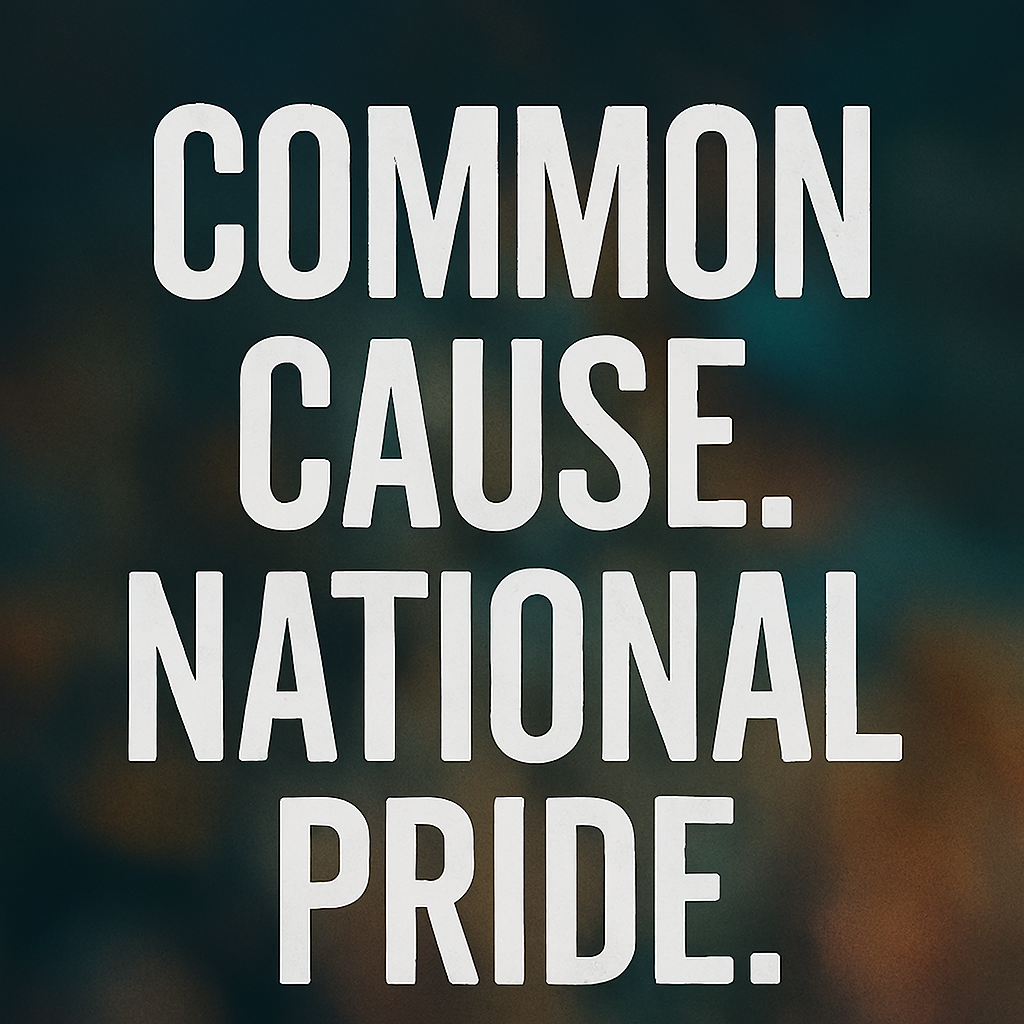
Mental Health Advocacy Through Athlete Ambassadors – Breaking The Silence
Mental health remains a pressing issue across Australia, particularly among youth and marginalized groups. Athletes, through their visibility and relatability, are uniquely positioned to challenge stigma and promote mental wellness. As part of their ambassadorial duties, they could partner with mental health organizations, share personal stories, and lead resilience workshops. This humanizes the conversation and encourages help-seeking behavior. The government allowance would enable athletes to dedicate time to these initiatives, transforming them into powerful agents of change beyond the sporting arena.
Digital Engagement And Media Presence – Amplifying National Narratives
In the digital age, athletes are not just competitors—they are content creators, influencers, and storytellers. With structured support, they can amplify Australia’s values and sporting culture across social media platforms. Ambassadorial athletes would receive media training and digital strategy support, enabling them to produce engaging, educational, and inspirational content. This expands Australia’s global reach and ensures consistent, positive representation. Tables below outline potential content formats and their impact metrics.
| Content Type | Purpose | Engagement Potential |
|---|---|---|
| Training Diaries | Inspire discipline and routine | High among youth |
| Cultural Spotlights | Showcase Australian diversity | Moderate to high |
| Behind-The-Scenes | Humanize elite sport | Very high |
Athlete-Led Innovation In Sport Development – Driving New Ideas
Athletes are often the first to identify gaps in training, equipment, and accessibility. By supporting them full-time, the government unlocks a wellspring of innovation. Ambassadorial athletes could collaborate with universities, startups, and sporting bodies to develop new techniques, gear, and inclusive programs. Their lived experience becomes a catalyst for progress. This positions Australia as a leader in sport science and adaptive design, benefiting both elite and grassroots participants.
Emergency Response And National Resilience – Athletes As Mobilizers
In times of crisis—bushfires, floods, pandemics—athletes can serve as trusted voices and mobilizers. Their ambassadorial role would include emergency response support, such as public messaging, fundraising, and morale-building visits. This adds a layer of national resilience, where sport becomes a stabilizing force. The allowance ensures athletes are available and prepared to serve in these moments, reinforcing their value beyond competition.
Educational Integration – Sport As A Curriculum Catalyst
Ambassadorial athletes could play a key role in integrating sport into educational curricula. Through school visits, workshops, and digital modules, they would promote physical literacy, teamwork, and goal-setting. This complements academic learning and addresses rising concerns about sedentary lifestyles. The government allowance would fund curriculum development in partnership with educators, ensuring relevance and impact. Tables below show proposed integration points.
| Curriculum Area | Athlete Contribution | Educational Outcome |
|---|---|---|
| Health And PE | Skill demos, fitness challenges | Improved physical literacy |
| Civics And Citizenship | Values-based storytelling | Enhanced civic engagement |
| English | Narrative writing from sport | Creative expression |
International Exchange And Cultural Diplomacy – Sport As Soft Power
Australia’s athletes often travel abroad for competition, making them ideal candidates for cultural diplomacy. With structured ambassadorial roles, they could participate in international exchange programs, embassy events, and cross-cultural workshops. This strengthens bilateral relationships and showcases Australia’s commitment to inclusion and excellence. The allowance would cover travel preparation, cultural briefings, and diplomatic coordination, ensuring athletes represent the nation with depth and dignity.
Environmental Advocacy Through Sport – Championing Sustainability
Many athletes are passionate about environmental issues, from ocean conservation to climate resilience. As ambassadors, they could lead sustainability campaigns, promote eco-friendly practices in sport, and engage with environmental organizations. This aligns with Australia’s ecological priorities and inspires action across demographics. The allowance would support training in environmental communication and fund athlete-led green initiatives. Tables below outline potential campaign themes.
| Campaign Theme | Athlete Role | Environmental Impact |
|---|---|---|
| Plastic-Free Events | Promotion, modeling behavior | Reduced waste |
| Reef Conservation | Storytelling, fundraising | Awareness and funding |
| Sustainable Travel | Advocacy, partnerships | Lower carbon footprint |
Legacy Building And Post-Career Transition – Preparing For Life After Sport
Athletes often face uncertainty after retirement. The ambassadorial allowance program would include career transition support, helping athletes build skills, networks, and legacy projects. This ensures they remain active contributors to society and sport. Legacy-building could include coaching, mentoring, or founding community programs. The government’s investment thus yields long-term dividends, turning athletes into lifelong leaders.
Public Trust And National Pride – Strengthening The Social Contract
When the public sees athletes supported and engaged, trust in institutions grows. The allowance program reinforces the idea that Australia backs its champions—not just in victory, but in service. Athletes become symbols of national pride, resilience, and unity. Their ambassadorial work creates a feedback loop of inspiration and investment, where sport becomes a shared national project. This strengthens the social contract and deepens civic engagement.
Sporting Role Models In Marginalized Communities – Reaching Where Others Can’t
In many remote, Indigenous, and socioeconomically disadvantaged communities across Australia, traditional outreach programs often fail to resonate. Athletes, however, carry a universal appeal. Their stories of perseverance, discipline, and national pride can break through barriers of mistrust and disengagement. With government-backed ambassadorial roles, athletes could be deployed to regions where representation is lacking, offering mentorship, visibility, and hope. Their presence would validate local talent and encourage participation in sport as a pathway to education, health, and community leadership. This is not just outreach—it’s symbolic restoration.
Sport And National Security – Building Resilience Through Physical Culture
While sport is rarely discussed in the context of national security, its contribution to resilience is profound. A physically active population is healthier, more disciplined, and better equipped to respond to emergencies. Ambassadorial athletes could promote physical culture as a civic duty, encouraging Australians to engage in regular exercise, team-based activities, and mental conditioning. This builds a population that is not only fit but also psychologically resilient. The allowance ensures athletes can lead these campaigns without financial strain, turning sport into a strategic asset for national preparedness.
Revitalizing Regional Economies Through Athlete Engagement – A New Tourism Model
Australia’s regional towns often struggle to attract consistent tourism and investment. Ambassadorial athletes could serve as catalysts for regional revitalization by hosting clinics, exhibitions, and cultural events. Their presence draws crowds, media attention, and local pride. Government-supported athlete visits could be coordinated with tourism boards, creating hybrid events that showcase both sport and local heritage. This model transforms athletes into economic stimulants, driving foot traffic, hospitality revenue, and long-term interest in regional Australia.
Sport And Reconciliation – Healing Through Shared Endeavour
Australia’s journey toward reconciliation with its Indigenous peoples is ongoing and complex. Sport offers a powerful platform for healing, dialogue, and shared celebration. Ambassadorial athletes—especially those from Indigenous backgrounds—could lead reconciliation initiatives through storytelling, cultural exchange, and inclusive programming. The allowance would fund these efforts, ensuring athletes have the time and resources to engage meaningfully. Their work would not be symbolic alone—it would be structurally embedded in Australia’s reconciliation strategy, using sport as a bridge between histories and futures.
Athletes As Advocates For Regional Infrastructure – Elevating Local Sport Facilities
Many regional and remote communities across Australia lack adequate sporting infrastructure—fields, courts, gyms, and adaptive facilities. Ambassadorial athletes could play a pivotal role in advocating for equitable investment in these areas. Their visibility and influence would help spotlight neglected regions and mobilize funding. The allowance ensures athletes can travel, consult, and campaign without compromising their training. This initiative transforms athletes into infrastructure advocates, ensuring every Australian has access to safe, inclusive spaces for sport and movement.
Sport And Public Health Campaigns – Mobilizing Athletes For Preventative Wellness
Australia faces rising rates of lifestyle-related illness—obesity, diabetes, cardiovascular disease. Ambassadorial athletes could lead preventative health campaigns, promoting movement, nutrition, and mental wellness. Their credibility and relatability make them ideal messengers for behavior change. The allowance supports consistent engagement, allowing athletes to partner with health departments, schools, and media outlets. Sport becomes a frontline tool in public health strategy, driven by those who live its benefits.
| Health Challenge | Athlete Campaign Focus | Expected Impact |
|---|---|---|
| Childhood Obesity | School visits, nutrition talks | Improved dietary habits |
| Mental Health Decline | Resilience workshops | Increased help-seeking |
| Sedentary Lifestyle | Movement challenges | Boost in physical activity |
Athletes As Cultural Diplomats In Trade Missions – Linking Sport To Economic Strategy
Australia’s trade missions often focus on agriculture, mining, and education—but sport is an underutilized asset. Ambassadorial athletes could join diplomatic delegations, showcasing Australia’s values, diversity, and excellence. Their presence adds emotional resonance and media appeal to trade negotiations. The allowance ensures athletes are prepared and supported for these roles, including cultural briefings and diplomatic training. Sport becomes a soft power tool in economic diplomacy, enhancing Australia’s global brand.
| Trade Sector | Athlete Contribution | Strategic Benefit |
|---|---|---|
| Education | Youth engagement, school visits | Boost in international enrolments |
| Tourism | Sport-themed campaigns | Increased inbound travel |
| Innovation | Sport-tech showcases | Investment in Australian startups |
Sport And Environmental Education – Athletes As Stewards Of Ecological Literacy
Australia’s ecological challenges—from coral bleaching to bushfire recovery—require public engagement. Ambassadorial athletes could lead environmental education programs, especially for youth. Their campaigns would promote conservation, sustainable sport practices, and climate resilience. The allowance supports training in ecological literacy and partnerships with environmental NGOs. Athletes become stewards of Australia’s natural legacy, using sport to inspire ecological responsibility.
| Ecological Theme | Athlete Role | Educational Outcome |
|---|---|---|
| Reef Protection | Storytelling, fundraising | Awareness and action |
| Bushfire Recovery | Community visits | Emotional healing and support |
| Sustainable Sport | Advocacy, modeling behavior | Reduced environmental impact |
Athletes As Builders Of National Legacy – Creating Enduring Cultural Institutions
Beyond competition, athletes shape national memory. Ambassadorial athletes could collaborate with museums, archives, and cultural institutions to build legacy projects—exhibitions, oral histories, and symbolic installations. These efforts preserve sporting heritage and inspire future generations. The allowance ensures athletes have time and resources to engage deeply, turning their careers into cultural contributions. Sport becomes a living archive, constantly refreshed by those who embody its spirit.
| Legacy Format | Description | Cultural Impact |
|---|---|---|
| Oral Histories | Recorded athlete narratives | Preservation of lived experience |
| Exhibitions | Interactive sport showcases | Public engagement and pride |
| Symbolic Installations | Statues, murals, digital art | Emotional resonance and memory |
Athletes As Guardians Of Sporting Integrity – Promoting Ethics And Fair Play
In an era of doping scandals, match-fixing, and commercial exploitation, sporting integrity is under threat. Ambassadorial athletes could serve as guardians of ethics, promoting fair play, transparency, and respect across all levels of sport. Their government-backed status would lend credibility to anti-corruption campaigns, youth education programs, and whistleblower support. This reinforces Australia’s reputation as a clean, principled sporting nation. The allowance ensures athletes are not compromised by financial pressures, allowing them to speak and act with integrity.
Sport And Gender Equity – Championing Equal Opportunity
Despite progress, gender disparities persist in funding, media coverage, and participation across Australian sport. Ambassadorial athletes—especially women and non-binary representatives—could lead campaigns for equity, visibility, and structural reform. Their work would include school visits, media advocacy, and collaboration with sporting bodies to dismantle barriers. The allowance provides financial independence, allowing athletes to challenge norms without fear of reprisal or economic loss. This transforms sport into a platform for gender justice, backed by national commitment.
Athletes As Cultural Storytellers – Preserving And Evolving National Narratives
Australia’s cultural identity is shaped not only by artists and historians but also by athletes. Their journeys reflect migration, resilience, innovation, and community. Ambassadorial athletes could collaborate with museums, libraries, and cultural institutions to document and share their stories. This preserves sporting heritage while evolving national narratives to include diverse voices. The allowance ensures athletes have time to engage in archival work, public speaking, and creative projects. Sport becomes a living archive, constantly refreshed by those who live it.
Sport And Disability Inclusion – Redefining Capability Through Representation
Parasport athletes challenge outdated notions of ability, productivity, and value. As ambassadors, they could lead national campaigns to promote accessibility, adaptive design, and inclusive policy. Their visibility would normalize disability in public life and inspire systemic change across education, employment, and infrastructure. The allowance ensures these athletes are not sidelined by financial barriers, allowing them to lead with authority and authenticity. Australia becomes a global model for disability inclusion, driven by its own champions.
Athletes In Environmental Disaster Zones – Restoring Hope And Visibility
After bushfires, floods, or droughts, communities often feel abandoned and invisible. Ambassadorial athletes could visit affected areas to offer support, raise awareness, and mobilize resources. Their presence validates suffering and restores hope. The allowance ensures athletes can respond quickly and sustainably, without compromising their training or wellbeing. These visits would be coordinated with emergency services and NGOs, creating a unified front of resilience and compassion. Sport becomes a healing force, not just a spectacle.
Athletes As Advocates For Literacy Through Sport – Strengthening Reading Culture With Movement-Based Learning
Literacy remains a foundational challenge in many Australian communities, especially among disengaged youth and culturally diverse populations. Ambassadorial athletes could lead movement-based literacy programs that integrate reading with physical activity, storytelling, and sport-themed narratives. Their presence in schools and libraries would reframe reading as dynamic, relatable, and aspirational. The allowance ensures athletes can participate consistently, collaborate with educators, and co-create content that bridges sport and literacy. This initiative positions athletes as literacy leaders, using their influence to build a national reading culture rooted in energy, identity, and imagination.
| Literacy Challenge | Athlete Engagement Strategy | Educational Outcome | Symbolic Impact |
|---|---|---|---|
| Low Reading Motivation | Sport-themed storytelling sessions | Increased engagement | Reading reframed as aspirational |
| ESL Learners | Bilingual athlete-led workshops | Improved comprehension | Validation of cultural identity |
| Remote Communities | Mobile literacy-sport caravans | Expanded access | National inclusion through books |
Sport And Multicultural Advocacy – Celebrating Australia’s Global Tapestry
Australia’s multiculturalism is both a strength and a challenge. Ambassadorial athletes from diverse backgrounds could lead campaigns celebrating cultural heritage, combating racism, and promoting intercultural dialogue. Their stories would resonate across communities, reinforcing the idea that Australian identity is plural, evolving, and inclusive. The allowance ensures these athletes are supported in their advocacy, allowing them to represent both their heritage and their nation with pride. Sport becomes a mirror of Australia’s diversity, reflecting unity through difference.
Athletes As Catalysts For Youth Employment – Linking Sport To Career Pathways
Youth unemployment remains a persistent challenge across Australia, particularly in regional and disadvantaged areas. Ambassadorial athletes could help bridge the gap between sport and employment by leading career workshops, mentoring programs, and vocational partnerships. Their stories of discipline, teamwork, and goal-setting translate directly into employability skills. With government support, athletes could collaborate with TAFEs, job networks, and youth services to create sport-linked career pathways. This transforms sport into a gateway for economic participation, not just elite competition.
Sport And Mental Performance Education – Teaching Cognitive Excellence
Elite athletes are masters of focus, resilience, and psychological preparation. These skills are increasingly relevant in education, business, and everyday life. Ambassadorial athletes could lead mental performance workshops in schools, workplaces, and community settings, teaching techniques like visualization, goal-setting, and emotional regulation. The allowance ensures they can dedicate time to these engagements, turning their lived experience into public benefit. Sport becomes a platform for cognitive education, enhancing national productivity and wellbeing.
Athletes As Advocates For Sport Accessibility In Schools – Ensuring Every Child Can Play
Despite Australia’s strong sporting culture, many schools—especially in low-income and regional areas—lack access to quality sport programs, equipment, and inclusive facilities. Ambassadorial athletes could lead national campaigns to improve sport accessibility in education, advocating for funding, adaptive gear, and inclusive curriculum design. Their presence in schools would inspire participation and validate sport as a core part of learning. The allowance ensures athletes can engage consistently, collaborate with educators, and help shape policy. This initiative positions sport not as an extracurricular luxury but as a foundational right for every Australian child.
| School Type | Common Barriers To Sport Access | Athlete Advocacy Focus | Proposed Solutions |
|---|---|---|---|
| Regional Schools | Limited facilities, travel costs | Infrastructure lobbying | Mobile sport units, grants |
| Low-Income Urban | Lack of gear, staff shortages | Equipment donation campaigns | Corporate partnerships |
| Special Needs Schools | Inaccessible design, low visibility | Adaptive sport promotion | Inclusive curriculum reform |
Sport And National Identity In Crisis Recovery – Rebuilding Through Shared Triumph
In times of national crisis—whether economic, environmental, or social—sport has historically served as a unifying force. Ambassadorial athletes could be deployed as symbols of resilience during recovery phases, leading public morale campaigns, participating in commemorative events, and amplifying stories of community strength. Their victories become metaphors for national endurance. The allowance ensures athletes are available and supported during these critical moments, allowing them to serve not just as competitors but as emotional anchors. This initiative embeds sport into Australia’s crisis recovery framework, reinforcing identity through shared triumph.
| Crisis Type | Role Of Ambassadorial Athletes | Emotional And Social Impact | Long-Term Benefit |
|---|---|---|---|
| Natural Disaster | Community visits, fundraising | Restores hope and visibility | Strengthens local resilience |
| Economic Downturn | Public morale campaigns | Inspires perseverance | Boosts civic engagement |
| Social Unrest | Unity events, inclusive messaging | Reinforces shared values | Promotes reconciliation |
Athletes As Advocates For Clean Living – Combating Substance Abuse
Substance abuse continues to impact communities across Australia, especially among youth. Ambassadorial athletes could serve as powerful advocates for clean living, sharing personal stories and promoting alternatives to risky behavior. Their credibility and relatability make them ideal messengers for prevention campaigns. The allowance would fund training in health communication and support partnerships with rehabilitation services. Sport becomes a tool for harm reduction, driven by those who live its values.
Sport And Veteran Engagement – Reconnecting Through Shared Discipline
Australia’s veterans often face isolation, identity loss, and physical challenges after service. Ambassadorial athletes could lead sport-based engagement programs for veterans, offering physical activity, camaraderie, and purpose. Their shared experience of discipline and resilience creates a natural bond. The allowance ensures athletes can participate in these programs consistently, building trust and impact. This initiative honors service while promoting recovery, using sport as a bridge between military and civilian life.
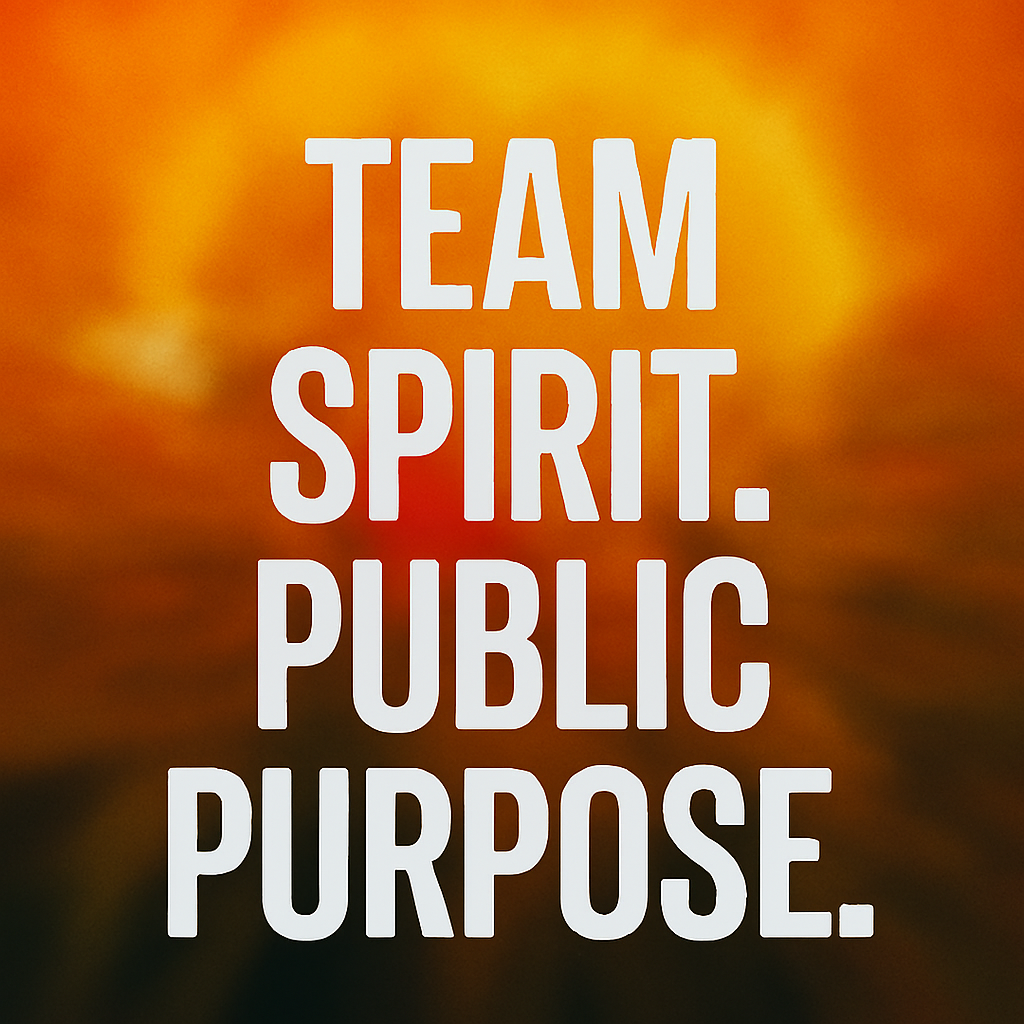
Athletes In Correctional Rehabilitation – Restoring Through Sport
Correctional facilities across Australia are exploring new models of rehabilitation. Ambassadorial athletes could contribute by leading sport-based programs that teach discipline, teamwork, and goal-setting. Their presence humanizes the process and offers hope for reintegration. The allowance ensures athletes can engage safely and sustainably, without compromising their own training. Sport becomes a rehabilitative force, offering structure and inspiration to those seeking a second chance.
Sport And Climate Resilience – Preparing Communities For Change
Climate change is reshaping Australia’s landscape, from heatwaves to flooding. Ambassadorial athletes could lead climate resilience campaigns, promoting adaptive sport practices, emergency preparedness, and sustainable infrastructure. Their visibility draws attention to local vulnerabilities and solutions. The allowance supports training in environmental communication and coordination with climate agencies. Sport becomes a proactive force in climate adaptation, driven by those who understand physical limits and endurance.
Athletes As Champions Of Language And Literacy – Bridging Educational Gaps
Many Australians, especially in remote and migrant communities, face challenges in literacy and language acquisition. Ambassadorial athletes could support language and literacy programs by sharing personal stories, reading with children, and promoting bilingual education. Their engagement makes learning aspirational and accessible. The allowance ensures athletes can participate regularly, turning sport into a literacy tool. This initiative strengthens educational equity and national cohesion.
Athletes As Champions Of Peacebuilding And Conflict Prevention – Using Sport To Defuse Division
In a world increasingly marked by polarization, sport remains one of the few domains where people from diverse backgrounds unite under shared rules, goals, and respect. Ambassadorial athletes could be deployed in peacebuilding initiatives across Australia—particularly in communities experiencing racial tension, intergenerational conflict, or cultural fragmentation. Their presence in local forums, youth programs, and symbolic matches would model cooperation, empathy, and nonviolence. The allowance ensures athletes can engage in these sensitive roles with proper training and sustained commitment. This initiative positions sport as a peacebuilding tool, with athletes serving as living examples of unity through diversity.
| Conflict Context | Athlete Engagement Strategy | Symbolic Outcome | Social Impact |
|---|---|---|---|
| Intercultural Tensions | Mixed-community sport festivals | Shared identity through play | Reduced prejudice and fear |
| Youth Gang Violence | Mentorship, team-building clinics | Rechanneling aggression | Lower youth crime rates |
| Urban–Rural Divides | Cross-regional sport exchanges | Mutual understanding | Strengthened national cohesion |
| Political Polarization | Nonpartisan civic sport events | Reframing dialogue through sport | Increased civic empathy |
Sport And Public Transport Advocacy – Promoting Active Mobility
Athletes understand the value of movement and accessibility. As ambassadors, they could promote active transport—walking, cycling, and public transit—as part of a healthy lifestyle. Their campaigns would encourage infrastructure investment, safety awareness, and behavioral change. The allowance supports collaboration with urban planners and transport authorities. Sport becomes a voice for sustainable mobility, improving public health and reducing congestion.
Athletes In Disaster Preparedness Education – Training For The Unexpected
Australia’s exposure to natural disasters demands public readiness. Ambassadorial athletes could lead preparedness workshops, teaching physical readiness, teamwork, and emergency response. Their credibility and energy make them ideal facilitators. The allowance ensures they can engage with schools, councils, and emergency services consistently. Sport becomes a training ground for resilience, preparing Australians for the unexpected.
Sport And Civic Engagement – Elevating Democratic Participation
Athletes command attention and trust. As ambassadors, they could promote civic engagement—voting, volunteering, and community leadership—especially among youth and marginalized groups. Their campaigns would highlight the connection between sport and citizenship, encouraging Australians to take active roles in shaping their communities. The allowance ensures athletes can participate in civic education without financial strain. Sport becomes a gateway to democracy, led by those who embody national values.
Athletes As Advocates For Indigenous Sport Pathways – Honoring First Nations Excellence
Australia’s First Nations communities possess rich sporting traditions and untapped talent. Ambassadorial athletes could play a vital role in promoting Indigenous sport pathways, mentoring young athletes, and collaborating with cultural leaders to preserve traditional games. Their presence in Indigenous communities would validate local excellence and encourage participation in mainstream sport. The allowance ensures athletes can engage deeply and respectfully, building long-term relationships and programs. This initiative strengthens reconciliation and celebrates the unique contributions of First Nations athletes to Australia’s sporting identity.
Athletes As Advocates For Sport In Correctional Education – Rehabilitating Through Movement And Mentorship
Correctional education programs often struggle to engage inmates in meaningful rehabilitation. Ambassadorial athletes could lead sport-based initiatives within correctional facilities, offering structured physical activity, mentorship, and values-based learning. Their presence introduces discipline, teamwork, and goal-setting into environments often marked by isolation and stagnation. The allowance ensures athletes can participate regularly and safely, collaborating with educators and correctional staff. Sport becomes a rehabilitative tool, restoring dignity and purpose through shared movement.
| Correctional Setting | Athlete Role | Rehabilitation Outcome | Long-Term Impact |
|---|---|---|---|
| Youth Detention | Mentorship, clinics | Reduced recidivism | Pathways to education and sport |
| Adult Prisons | Structured training programs | Improved mental health | Reintegration readiness |
| Transitional Housing | Community sport engagement | Social reconnection | Employment and civic engagement |
Sport And Disaster Resilience In Remote Australia – Building Preparedness Through Athlete-Led Training
Remote communities across Australia face unique vulnerabilities to natural disasters—limited infrastructure, delayed emergency response, and geographic isolation. Ambassadorial athletes could lead disaster preparedness workshops tailored to these regions, teaching physical readiness, teamwork, and emergency protocols. Their presence builds trust and visibility, while their training instills confidence and coordination. The allowance ensures athletes can travel, engage, and collaborate with local councils and emergency services. Sport becomes a proactive force in disaster resilience, especially where resources are scarce.
| Region Type | Common Disaster Risks | Athlete-Led Preparedness Focus | Community Benefit |
|---|---|---|---|
| Outback Communities | Bushfires, heatwaves | Physical readiness, hydration | Reduced injury and panic |
| Coastal Settlements | Flooding, cyclones | Evacuation drills, teamwork | Faster response coordination |
| Alpine Regions | Snowstorms, isolation | Endurance training, signaling | Improved survival outcomes |
Athletes As Advocates For Interfaith Dialogue Through Sport – Uniting Across Belief Systems
Australia’s religious diversity is a source of cultural richness but also occasional tension. Ambassadorial athletes could lead interfaith sport programs, bringing together youth and leaders from different belief systems through shared physical activity. Sport becomes a neutral ground for dialogue, respect, and collaboration. The allowance ensures athletes can participate in these programs consistently, supported by training in cultural sensitivity and interfaith engagement. This initiative positions sport as a bridge across spiritual divides, reinforcing Australia’s commitment to pluralism and peace.
| Faith Community Pairing | Shared Sport Initiative | Dialogue Outcome | Symbolic Impact |
|---|---|---|---|
| Muslim–Christian | Mixed-gender futsal tournament | Respect and shared values | Public celebration of unity |
| Jewish–Buddhist | Yoga and mindfulness sessions | Spiritual exchange | Cultural cross-pollination |
| Hindu–Secular | Cricket and storytelling | Mutual understanding | National narrative enrichment |
Sport And Language Preservation – Amplifying Endangered Tongues Through Athlete Storytelling
Australia is home to hundreds of Indigenous languages, many of which are endangered. Ambassadorial athletes from these communities could help preserve and promote their languages by incorporating them into public speeches, media appearances, and educational content. The allowance would support language training, translation services, and cultural partnerships. Athletes become living vessels of linguistic heritage, using sport as a platform for cultural survival. This initiative connects national pride with linguistic diversity, reinforcing Australia’s commitment to cultural preservation.
Athletes As Champions Of Mental Fitness In Schools – Building Psychological Resilience Early
Mental fitness is as critical as physical health, especially for young Australians navigating academic pressure, social media, and identity development. Ambassadorial athletes could lead school-based programs focused on mental resilience, emotional regulation, and self-belief. Their stories of overcoming adversity resonate deeply with students. The allowance ensures athletes can commit to these engagements consistently, turning sport into a curriculum of courage. This initiative builds a generation of mentally strong Australians, equipped to thrive in sport and life.
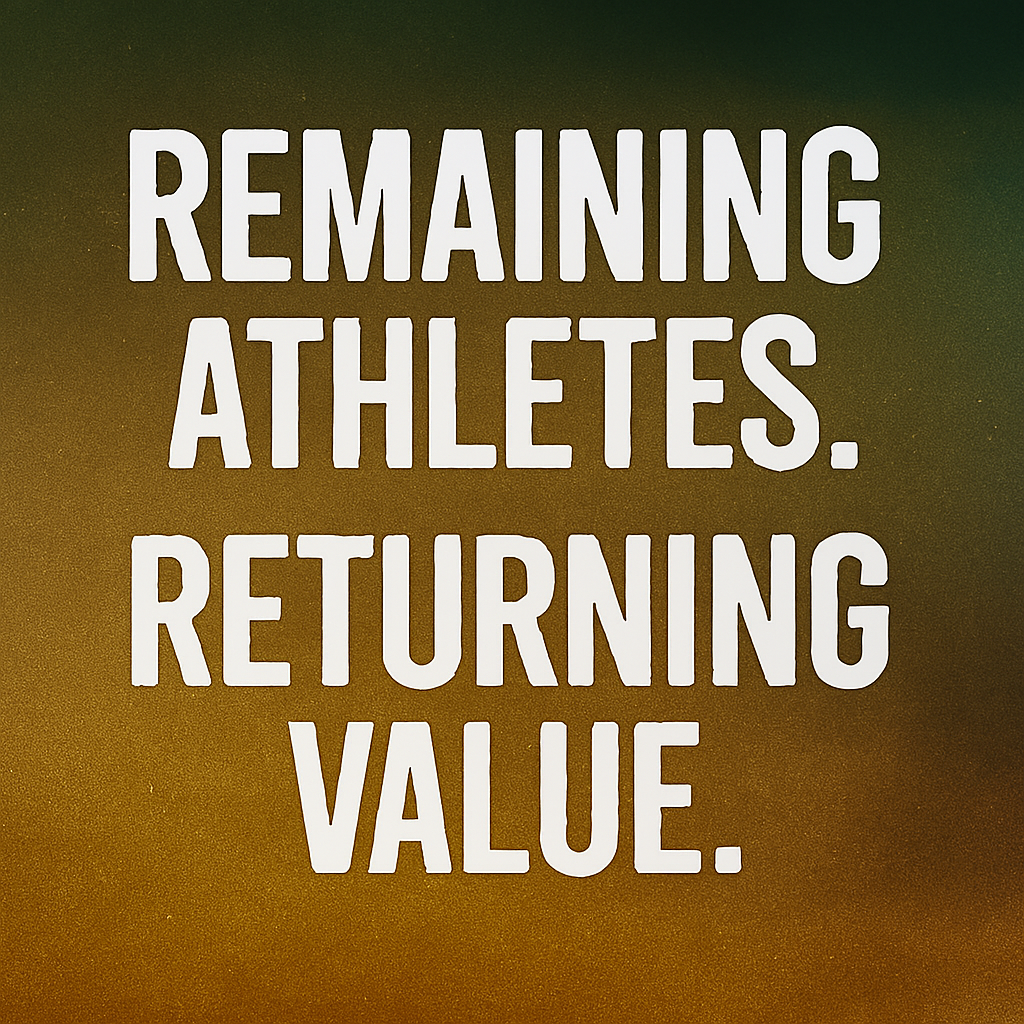
Athletes As Advocates For National Unity During Major Events – Strengthening Collective Identity Through Sport
Major national events—elections, commemorations, public holidays—often reveal both unity and division within Australia’s social landscape. Ambassadorial athletes could serve as symbolic anchors during these moments, leading inclusive campaigns that reinforce shared values, civic pride, and respectful dialogue. Their presence in media, schools, and public gatherings would elevate sport as a unifying force, transcending political or cultural divides. The allowance ensures athletes can participate without financial strain, allowing them to represent Australia’s best qualities during times of heightened visibility. This initiative embeds sport into the architecture of national unity, using athlete-led engagement to foster cohesion and mutual respect.
| National Event Type | Athlete Role | Symbolic Impact | Social Outcome |
|---|---|---|---|
| Federal Elections | Civic engagement campaigns | Promotes respectful discourse | Increased voter participation |
| Australia Day | Inclusive storytelling | Reframes national identity | Strengthens multicultural pride |
| ANZAC Day | Commemorative leadership | Honors service and sacrifice | Deepens intergenerational bonds |
| National Reconciliation Week | Cultural bridge-building | Validates Indigenous voices | Advances reconciliation efforts |
Sport And Migrant Integration – Welcoming Through Shared Endeavour
New migrants often face isolation, cultural dissonance, and limited access to community networks. Ambassadorial athletes could support migrant integration by leading sport-based welcome programs, community matches, and cultural exchanges. Their visibility and relatability help newcomers feel seen and valued. The allowance ensures athletes can participate in these programs without financial strain, transforming sport into a tool of belonging. Australia’s multicultural identity is strengthened through shared movement, teamwork, and celebration.
Athletes As Advocates For Clean Water Access – Linking Sport To Environmental Justice
Clean water is essential for health, sport, and life—yet many remote and Indigenous communities face water insecurity. Ambassadorial athletes could lead awareness campaigns, fundraising efforts, and partnerships with water access organizations. Their credibility and reach amplify the urgency of the issue. The allowance supports training in environmental justice and coordination with infrastructure projects. Sport becomes a voice for equity, ensuring every Australian has access to the resources needed to thrive.
Sport And Digital Literacy – Bridging The Tech Divide Through Athlete Engagement
Digital literacy is increasingly essential for education, employment, and civic participation. Ambassadorial athletes could promote digital skills by leading workshops, creating online content, and partnering with tech educators. Their influence encourages youth and underserved communities to engage with technology safely and creatively. The allowance ensures athletes can participate in these programs consistently, turning sport into a gateway to digital empowerment. This initiative bridges the tech divide and prepares Australians for a connected future.
Athletes In Disaster Recovery Storytelling – Honoring Community Resilience
After natural disasters, communities often struggle to process trauma and rebuild identity. Ambassadorial athletes could support recovery by documenting stories of resilience, hosting commemorative events, and amplifying local voices. Their presence validates suffering and celebrates strength. The allowance ensures athletes can engage with affected communities respectfully and sustainably. Sport becomes a medium for storytelling, healing, and legacy-building, reinforcing Australia’s commitment to compassion and recovery.
Sport And Food Security Advocacy – Promoting Nutrition Through Athlete Leadership
Food insecurity affects thousands of Australians, undermining health and performance. Ambassadorial athletes could lead nutrition campaigns, partner with food banks, and promote healthy eating in schools and communities. Their credibility makes them ideal messengers for dietary change. The allowance supports training in nutrition communication and collaboration with public health agencies. Sport becomes a platform for food justice, ensuring every Australian has access to nourishment and vitality.
Athletes As Advocates For Adaptive Sport Innovation – Designing Inclusive Futures
Australia’s leadership in parasport must extend beyond competition into innovation. Ambassadorial athletes—especially those in parasport—could collaborate with engineers, designers, and universities to develop adaptive equipment, inclusive training environments, and new sport formats. Their lived experience offers unmatched insight into what works and what’s missing. The allowance ensures they can participate in research, prototyping, and public testing without financial strain. This initiative positions Australia as a global hub for inclusive sport design, driven by athlete-led innovation.
| Innovation Area | Athlete Contribution | Outcome | Strategic Benefit |
|---|---|---|---|
| Adaptive Equipment | Feedback, testing, co-design | Improved usability and safety | Exportable design leadership |
| Inclusive Facilities | Audits, consultation | Accessibility upgrades | National compliance standards |
| New Sport Formats | Co-creation, rule development | Broader participation | Cultural and commercial appeal |
Sport And National Storytelling In Public Media – Amplifying Legacy Through Broadcast
Public media—television, radio, digital platforms—plays a critical role in shaping national identity. Ambassadorial athletes could collaborate with broadcasters to produce documentaries, interviews, and educational segments that highlight their journeys, values, and community impact. These stories would inspire audiences, preserve legacy, and reinforce Australia’s sporting ethos. The allowance ensures athletes can dedicate time to media engagement, receive training, and participate in production. Sport becomes a storytelling engine, enriching public discourse and cultural memory.
| Media Format | Athlete Role | Audience Impact | Cultural Value |
|---|---|---|---|
| Documentary Series | Subject, narrator, co-producer | Deep emotional engagement | Legacy preservation |
| Educational Segments | Presenter, role model | Youth inspiration | Curriculum integration |
| Public Radio Features | Interviewee, commentator | Civic dialogue | National identity reinforcement |
Athletes As Advocates For Gender Safety In Sport – Creating Respectful Spaces
Gender-based harassment and exclusion remain challenges in many sporting environments. Ambassadorial athletes could lead campaigns for gender safety, respectful conduct, and inclusive policy reform. Their visibility and leadership set new standards for behavior and accountability. The allowance ensures athletes can engage in these efforts without compromising their careers. Sport becomes a safe space for all genders, driven by those who model respect and equity.
Sport And Intergenerational Connection – Bridging Age Gaps Through Shared Movement
Australia’s aging population faces isolation and declining physical activity. Ambassadorial athletes could lead intergenerational programs that connect youth and elders through sport, movement, and storytelling. These engagements foster mutual respect, shared learning, and community cohesion. The allowance ensures athletes can participate regularly, turning sport into a bridge across generations. This initiative strengthens social bonds and promotes lifelong wellbeing.
Conclusion – A Nation That Backs Its Champions
Australia has long celebrated its athletes, but celebration alone is not enough. By providing a modest, structured allowance to full-time national representatives, the government can unlock a wave of cultural, economic, and social benefits. These athletes become more than competitors—they become ambassadors of excellence, inclusion, and unity. This proposal offers a blueprint for a stronger, fairer, and more inspired Australia.
Join The Discussion – Shaping Australia’s Sporting Future
Should Australia invest in its athletes as full-time ambassadors? How can we ensure equity across sports and regions? What role should parasport play in shaping national identity?
#SportForAustralia #AthleteAmbassadors #InclusiveSport #ParasportLeadership #BackingOurChampions #AustraliaUnitedThroughSport #LegacyOfExcellence #GovernmentSupportForAthletes #CulturalDiplomacyThroughSport #FutureOfAustralianSport

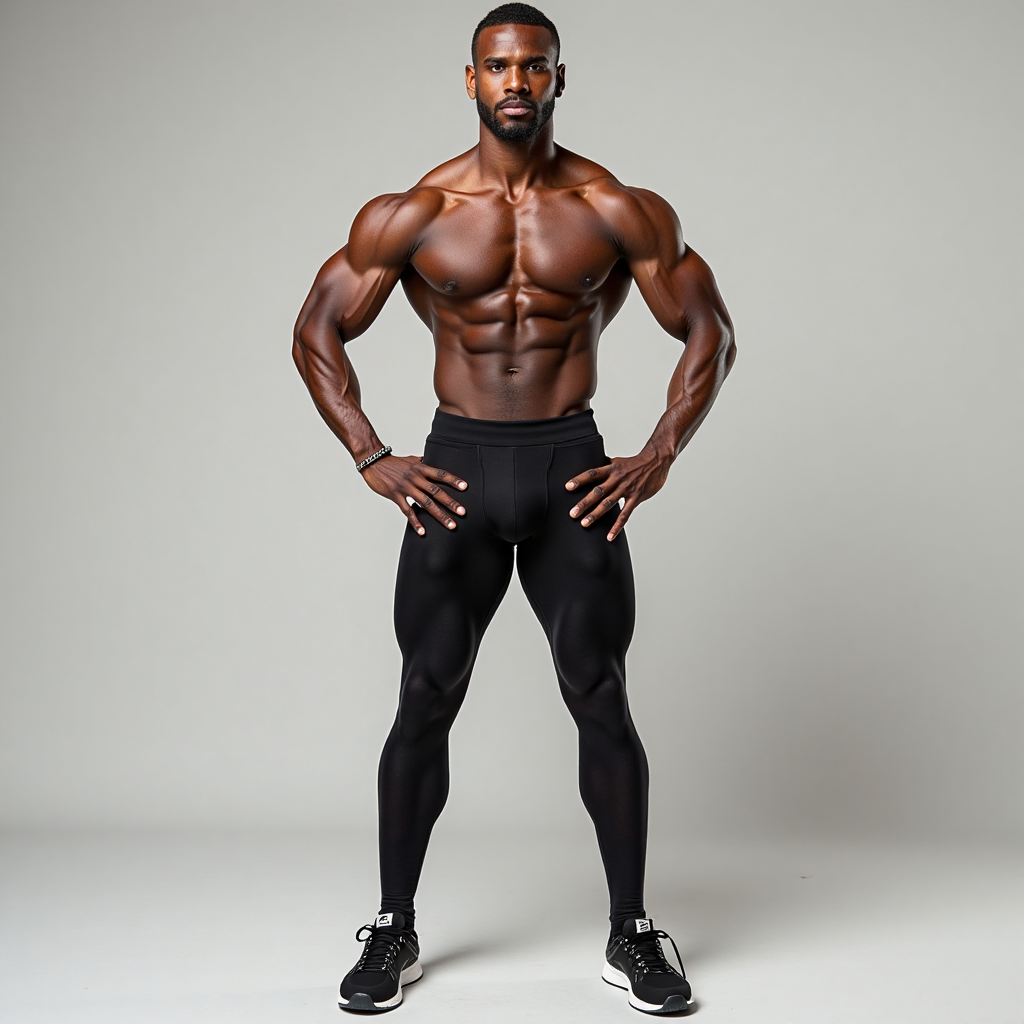

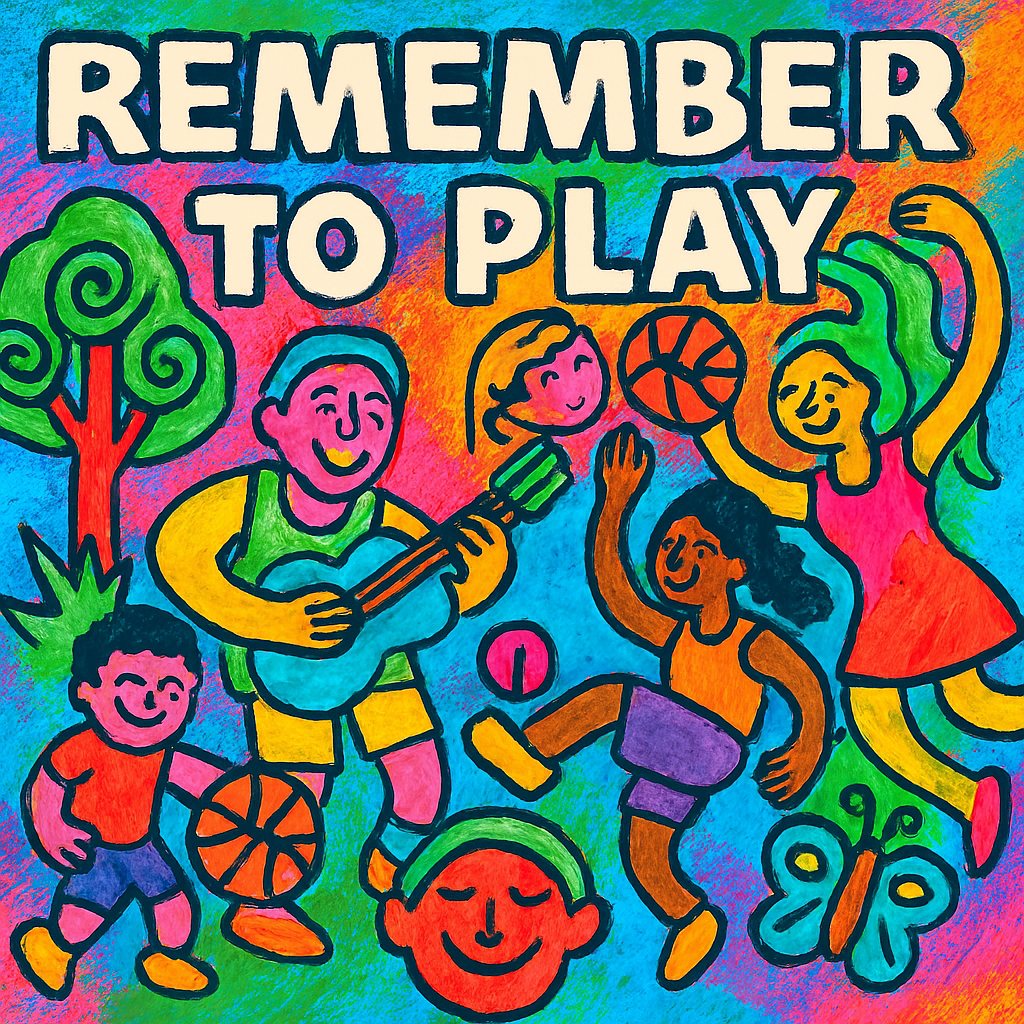

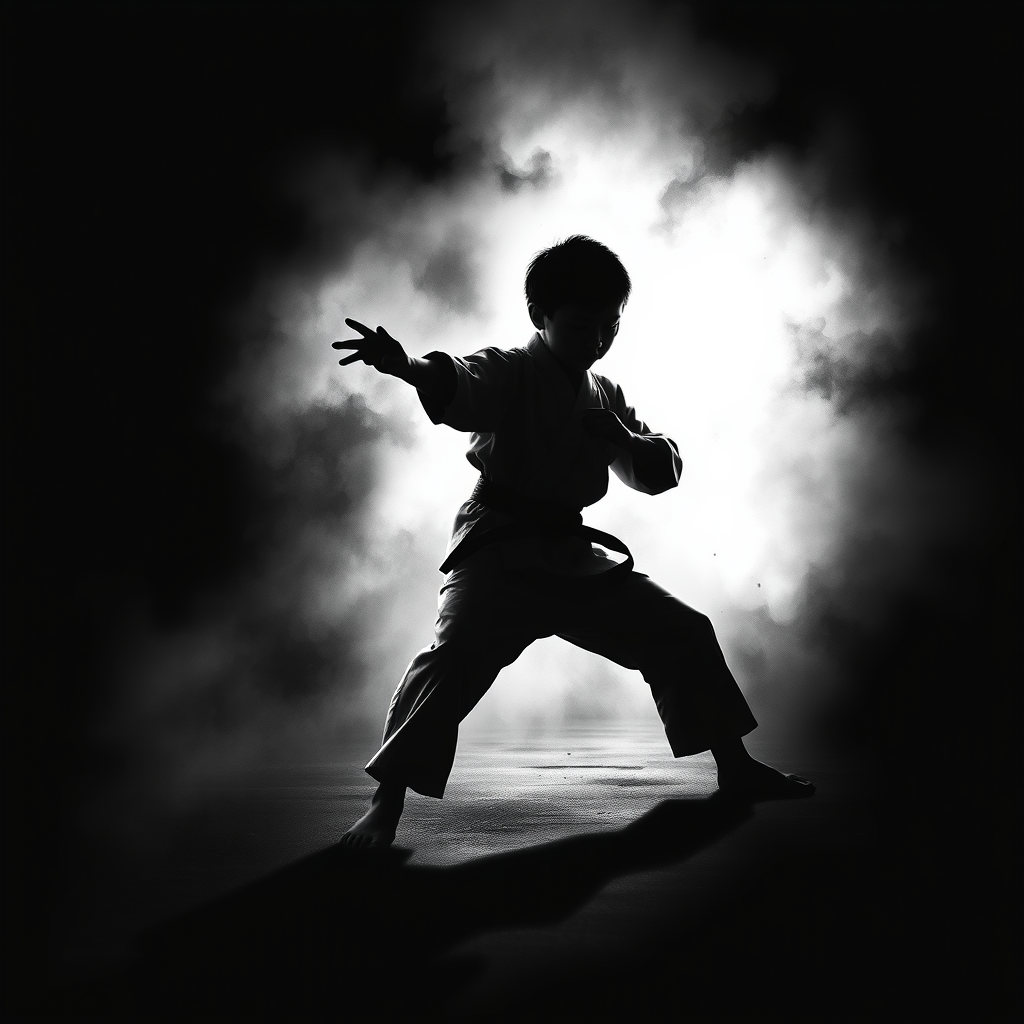
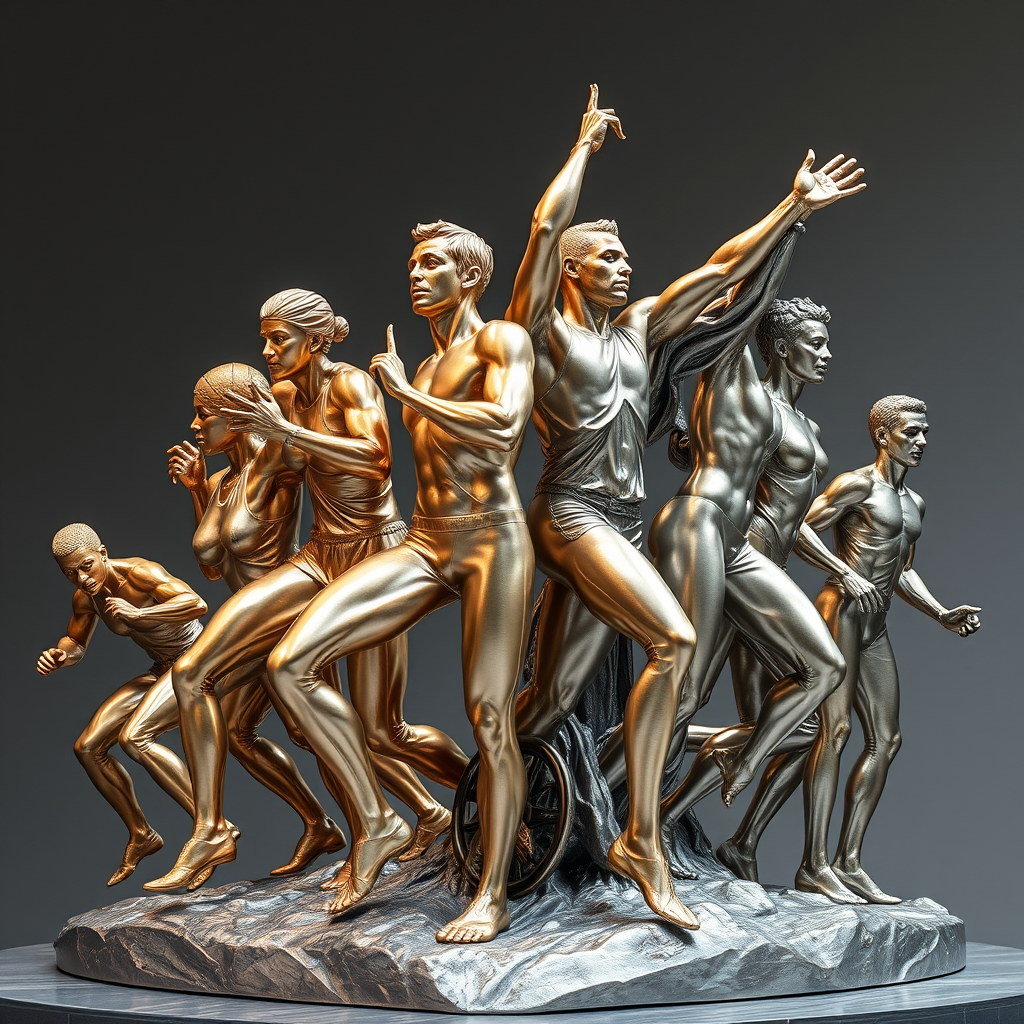
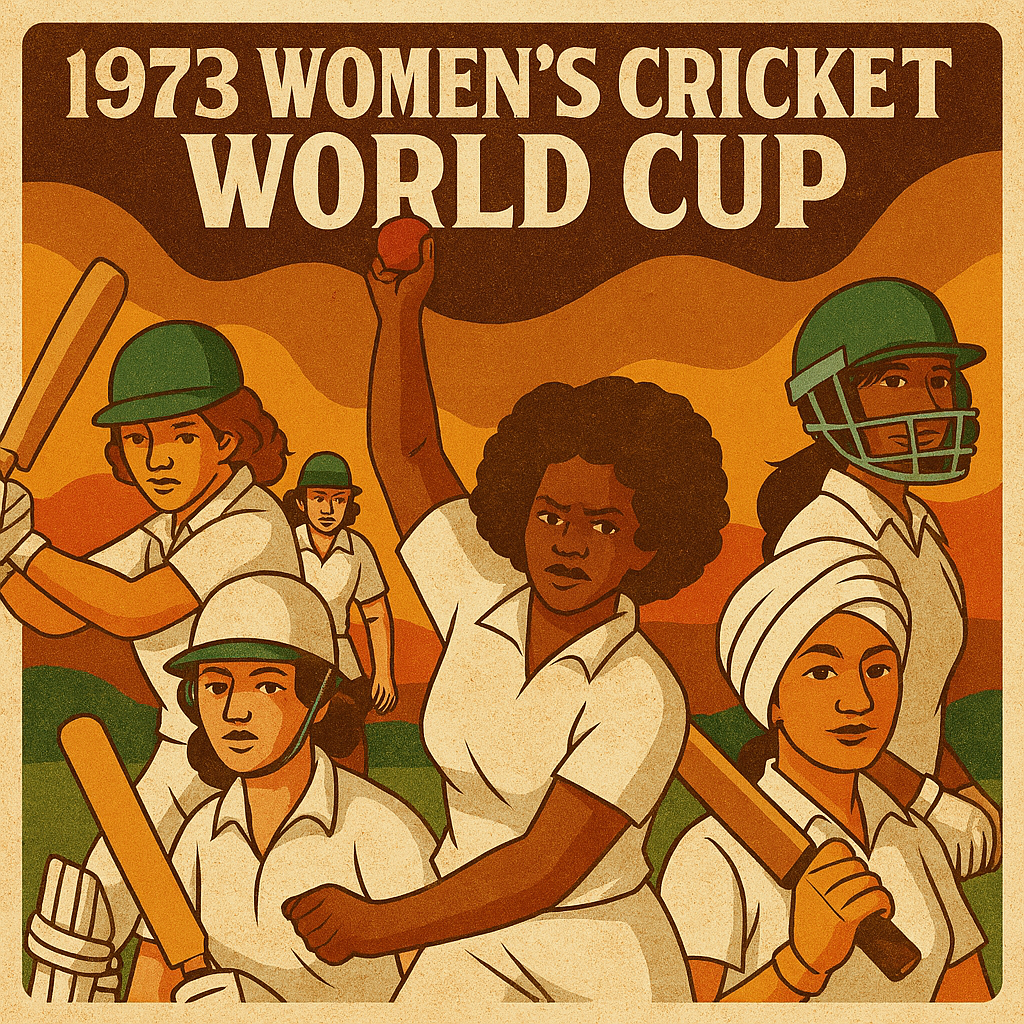
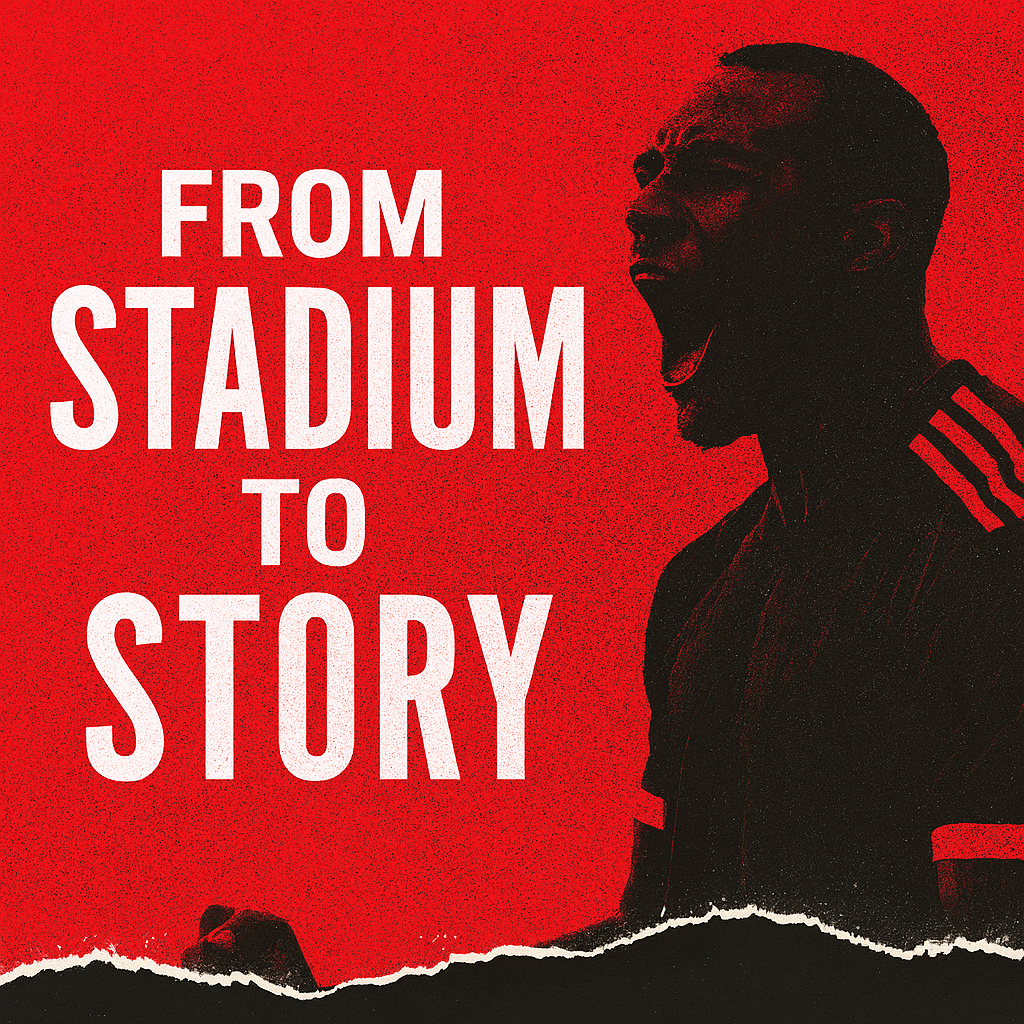


The National Pride Psychology Of Modern Societies
[…] Inclusive curricula highlight diversity, resilience, and ethical complexity. Exclusive curricula promote idealized narratives that discourage critical thinking. Pedagogical methods also matter. Interactive learning, debate, and reflective writing foster […]